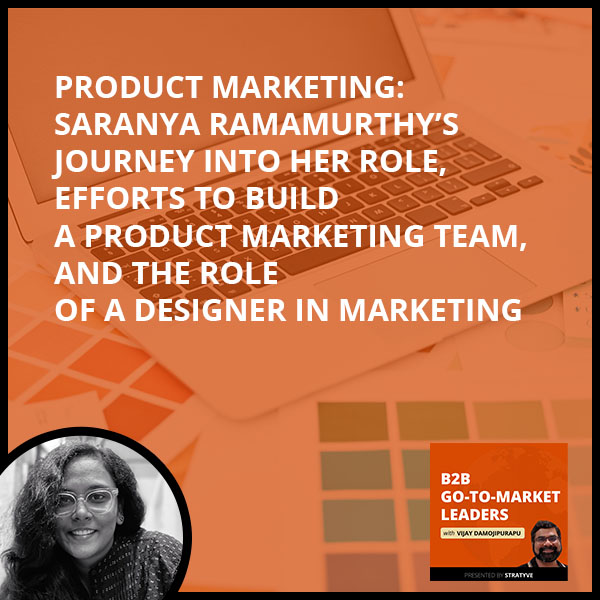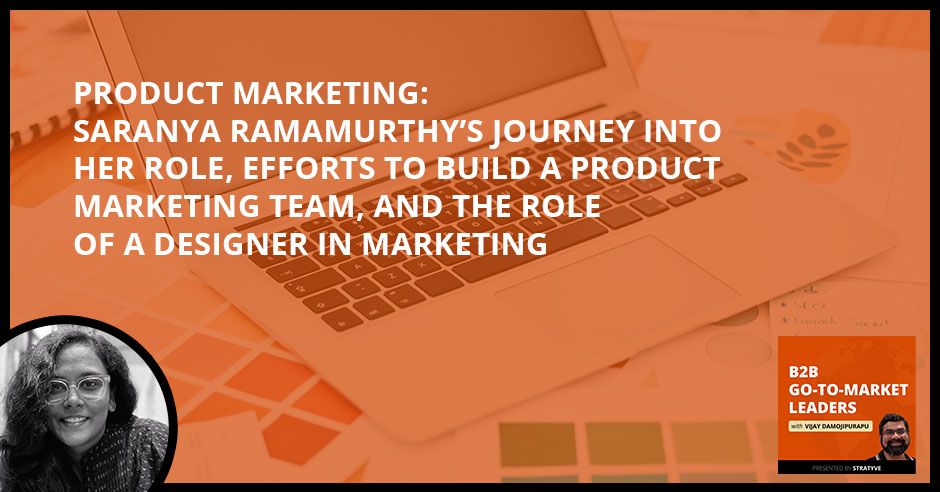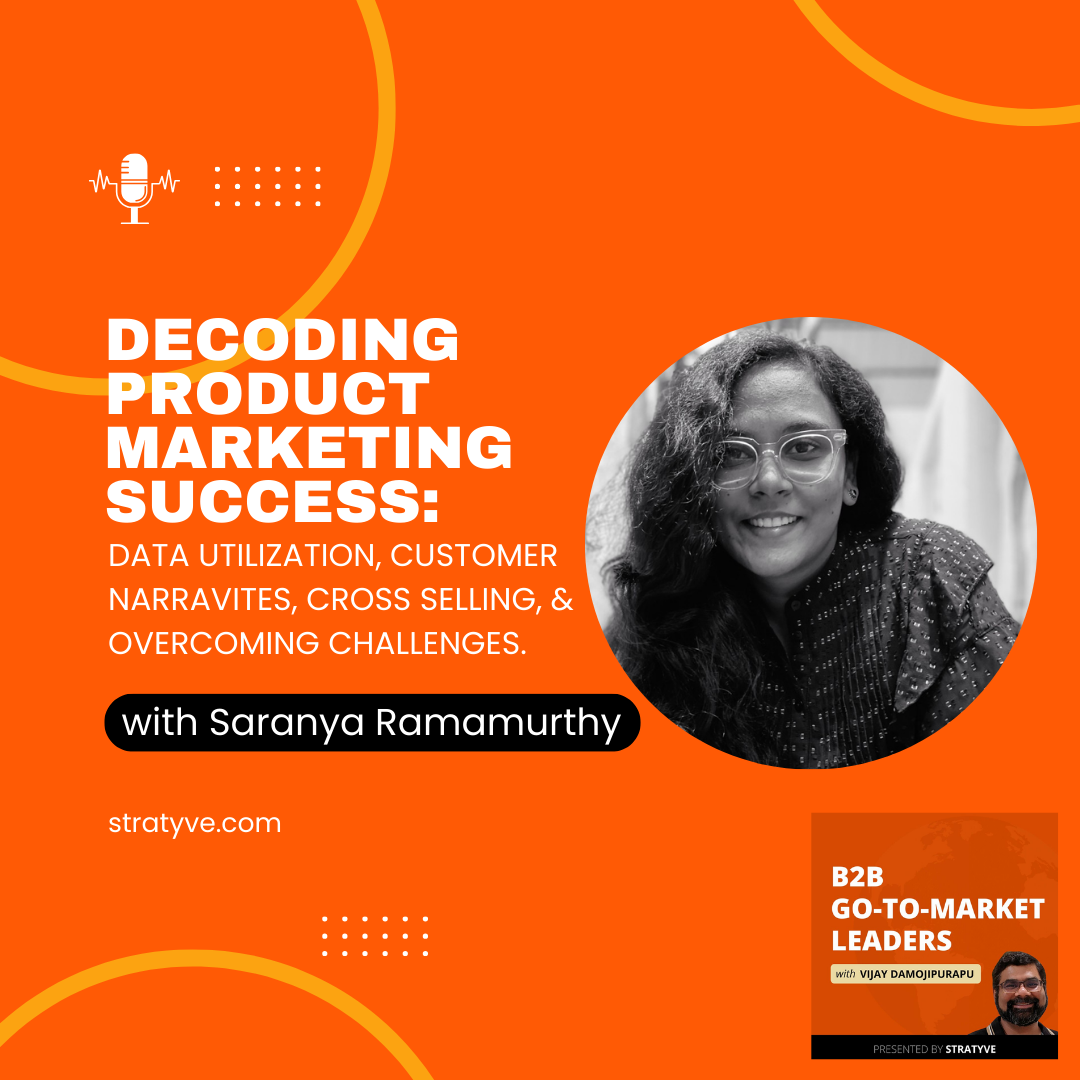
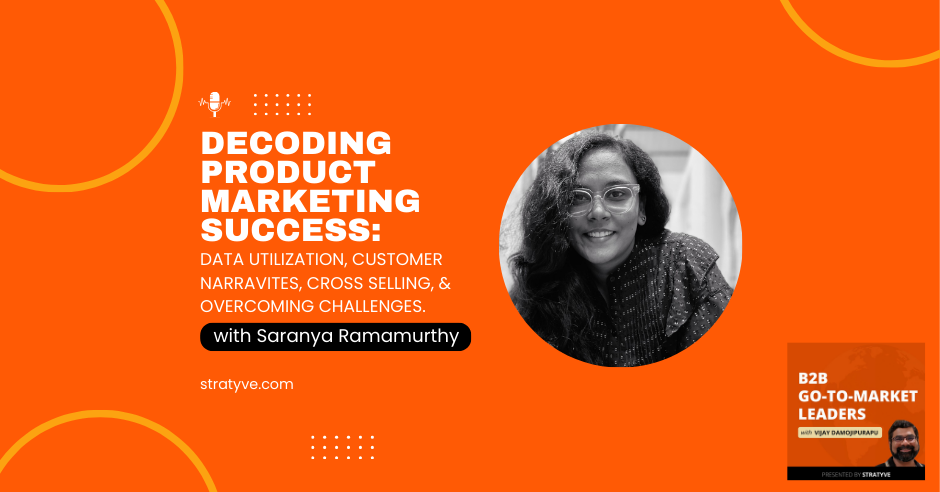
What does it take to master the intricate art of product marketing? Ever wondered what goes into crafting a compelling product marketing strategy? Or how decision-making delays can be navigated to drive success? In this episode, host, Vijay Damojipurapu, is joined by Saranya Ramamurthy on the B2B Go-To-Market Leaders Podcast. She is the director Head of Product Marketing at inFeedo. With a spotlight on the power of having a sales champion and insights into customer needs, she provides an insider’s view of the dynamic and challenging world of product marketing. Fasten your seatbelt and tune in now for an adventure into the heart of product marketing!
Listen to the podcast here
Decoding Product Marketing Success: Data Utilisation, Customer Narravites, Cross Selling, and Overcoming Challenges.
The signature question: Fantastic. So with that, yeah. I mean, the standard question that I always taught and ask the guests on my show, which is how do you view and define go to market?
So if you simply ask this to anyone, there’s definitely a textbook definition, right? So if you ask the Product Marketing Manager, they would say like, you know, product market managers are the ones who are building the product, and product marketing managers are the ones who are taking the product to the market. But I would like to add a little nuance here. So I would probably approach it like this, that, you know, it’s about educating your ICP, which is your ideal customer persona, about the solution you’ve crafted for their pain point. So it’s beyond clean-handed person education, in my opinion, it’s about knowing your ICT, knowing your problems, knowing which channels they are active on, and just delivering that message with an educational note. Right? Once you’ve educated them, and if the person is confident that it is solved, or one of their pressing problems, and it is also one of their priorities, they buy it. Right. For me, you know, education is everything. And education is CDN.
Yeah. So it’s interesting that you take the angle of education. And so this is an interesting perspective. I’ve not spoken or had a lot of product marketing folks on the podcast, but at the same time, it’s funny to say that because I started my marketing journey and career in product marketing. So I see that evolution. So when I started back in the day at Microsoft, I was super excited, enthusiastic, and just eager to find out. Because in my job title, it said, go to market, right? And I was really eager to find out what that is. But as I learned over the last decade or so working at large companies and small companies, something that I’ve noticed is go to market.
First of all, the definition is so varied, and also something that started percolating and became more and more clear to me is go to market is not just within the realm of the product market, even though that’s part of the job responsibility. If you see the job spec, they say, go to market aspects and activities. Right? So what I would like us to deep dive into is, first of all, the role of Product Marketing in go to market, but then also the gaps. I have a few thoughts, but I want to pause and get your thoughts because I’m sure you’ve also seen this in different organizations, you’ve been at really leading brands. So what are your thoughts on go to market, specifically, when it comes to product marketing?
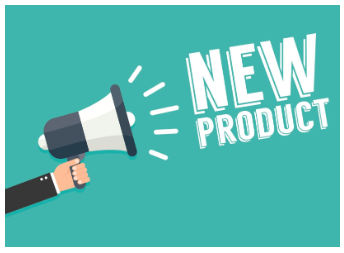
I would say you know, go to market is actually product marketing. That’s how we are seeing in India, right? So it’s part of you know, what we do, and maybe you know, what we do here is defining the messaging defining the ICPs, and tightening them for the market. But taking it to the market or doing the ads is something that an integrated marketing team or segment marketing team would do, right? So PMS scope is basically validating the ICPs problem, right? So which is the first part of PMF in itself, right? So if you have a new product that you want to launch in the existing market, or you want to launch an existing product in the new market, for example, you start off with a problem validation. So that is an important JDM exercise, since it’s a pre-JDM exercise, I would say. Once you’ve validated that, once you validated your ICTs priorities, like say, for example, your ICP could have this unmet need that you’ve defined, but they might probably have 10 plus unmet needs, where do you stand? What is your priority? And what? And how is their willingness to pay a price for this solution like yours? Right?
So this is the PMF stage, and during the JDN stage, we take all the learnings and craft the messaging for it. And that’s a very important step. Right? So that is your delivery, right? So educating, right? So for me, it is education, because I’ve done most of my job in PMF. Right? So right now, what I’m doing is just indicating that I know you have a problem like this, and I have the solution for you. Right. So this is what we do in a product marketing function related to GTM. But after defining the channels, and what sort of communication goes on each of these channels, there is a different team that takes it over.
I think what you touched upon is an important, but one piece of the go-to-market, I mean first step, obviously product marketing. Typically, what I’ve seen is product marketing, in conjunction with product management. Pier would do the problem discovery, validation, and come up with a hypothesis for the product market fit, right, and then this product marketing function would then run with Okay, now that we believe this is our hypothesis that this is the problem we are going to solve for this persona. And in this market. And for these channels. Now we start creating content, there’s also the sales enablement that has to happen.
And there are a lot of other things. But then beyond product marketing, that’s the initial step for go to market. And then it goes to sales. I mean, you got SDRs, As, you got other aspects. And then there’s customer success once a product is sold or bought by the customer based on the product, the problem hypothesis. Now, are we ensuring that the customer is seeing value? First of all, are we onboarding them in the right way so that they can see the value? Right? So for me go to market is a more expanded view, yes, it starts with product management and product marketing, but then there’s a much bigger view, which spans across products across marketing, sales, and customer service as well.
Totally, a lot of alignment is required in there. So if this is just, you know, one part of it that you’ve covered in the first bit, definitely, you know, imagine like you’re doing an ad and somebody’s landing on your website and becoming a lead and you put in the messaging, and the sales staff something totally different. Right? Starts with totally missing. So that’s why this has to be extremely connected. So from the messaging that they see on the ad to the website landing page to you know, what the SDR talks about is what the AE gives as a demo. Right, and to, you know, onboarding them on a pilot program, or, you know, onboarding them on a trial package, whatever it is, since they should definitely, you know, see that sort of benefit that we promised in the messaging, right?
Absolutely. Fantastic. I’m sure we’ll cover a lot more of these nuggets in detail. But let’s step back, zoom out, and then help our listeners like, tell who Saranya is, I mean, what is your journey like? And how did you end up in what you’re doing today?
So I’ve been a marketer for about 10 years, I’ve worked with both Sass companies and agencies, a good blend of both b2b and b2c. And I worked on social media marketing, I worked on Regional Marketing, GTM, product marketing for a combination of both b2b and b2c companies. So if you look at the SAS companies that I work for, it include FreshWorks, Zoho, and Airmeet. From an agency experience, I’ve worked with brands like Facebook, Vodafone, and Lenovo, right, so reasonably, these companies were focusing on markets like APAC, the UK, and the EU. At Zoho predominant focus was the UK and EU and FreshWorks. Like I was looking at both the APAC and North American markets during my agency experience I’ve got good market intel about the Middle East and African markets. So this is predominantly it. So I joined as a you know, a consultant for a software reseller starts that’s where my foundation came from. And then I slightly moved away to an agency environment to get the skills of you know, all things that a marketer should do, all the creative skills, and then dive back into the SAS space. That’s my journey, overall.
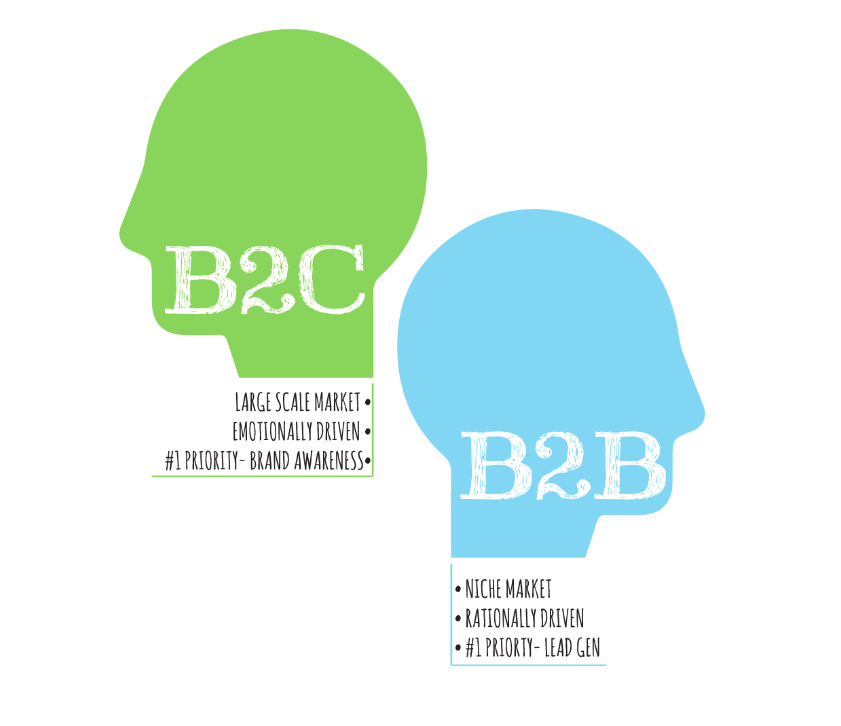
Oh, yeah, no, very, very cool. This is something that I’ve started seeing. I mean, founders in India, when they think about a software company, they’re not just talking about The Indian footprint or the Asian footprint, but it’s more about how we go global. And that vision or that pursuit is translating to different functions as well, including product marketing. And that’s what I’ve seen. That’s the biggest change I’ve seen over the last 10-15 years. Right. And it’s really cool that you got to work in agencies and got first-hand experience in how the different parts of the regions worldwide, like marketing to something in the Middle East is entirely different from how you market in APAC, versus how you would market in North America.
Absolutely. A lot of regional nuances. The notes here. Yeah.
Yeah. So you started your work as a consultant, and then you shifted to the agency. So what specifically were you doing in an agency?
So at an agency like ours, predominantly doing a marketing strategy and social media strategy? So this is for all B2C companies, right? So with Vodafone, like, you know, we worked on their social media, and at Lenovo, we were looking at their video marketing. And with Facebook, it was more of a strategic partnership. So we help them with all the top 50 customers, AD, AD creators, ad copies, strategic narratives, etc. So yeah, it’s a mix of all things with agencies, it is just for you to dive or explore all the creative possibilities, all that you could do, right as a marketer. So they’re all things operations in all things, creatives and agencies.
Understood and then you shifted to product marketing. So was that like a natural transition? Right? How was the shepherd? And why do you choose product marketing?
So since I already had a software foundation, it wasn’t hard for me to move into product marketing. So the role that I entered like, right after my agency experiences is called the role of a first marketer in the UK, and EU. Right? the company wanted to explore a new market, and they wanted a full-stack marketer, right? So they don’t want anybody that is doing just ads, they don’t want anyone that’s looking at just, you know, copies messaging, they don’t want just, you know, one event person doing events for them. So even just one primary demand generation channel, right? So they want a full stack marketer, with a primary focus on copy messaging, and positioning, I think it was a right fit for me because I kind of gathered all of that from agencies and the software foundational experience. And then I moved in, and it was a good, very, very smooth transition, in my opinion.
Okay. And today, you are the Director of Product Marketing at inFeedo. Are you the Head of Product Marketing over there?
Yes.
Okay. Yeah. Got it. And what is your charter? What is your responsibility, like at inFeedo?
Multiple things, it’s been six months. Crazy, right? So I’m the first product marketer. And in these six months, I’ve set up a team of five product marketers doing different things. inFeedo has two products, one looks at employee engagement, and the other one is an employee Support Platform. So we are looking at all things you know, GDM, we are looking at all things messaging, positioning, pricing, and sales enablement. Sales Enablement is a very crucial piece because it’s a sales lead organization. And we wanted a dedicated person to look at enabling the STRS, enabling AES. And there is product two, which is actually a zero-to-one product. So it’s a very new product in the market. And we are supporting the launch of the product. We support, get, and explore new markets, how we launched this in the existing market, and launch also interesting sales plays like cross-selling, like how do we capitalize from the existing customers that they already have?
So these are some things that we’re doing away from the usual charter, like, you know, enablement, customer advocacy, AR and VR extra. So that’s the usual pillar, but these are some things that we’ve been touching upon in the last six months.
So when I work with my clients, I mean, typically I help them build or execute and accelerate any of these six to eight product marketing programs starting with positioning and messaging, and then we have the customer insights, do you have a good customer insights program in place? And then there is the sales enablement as you mentioned, especially for sales lead organizations, you need sales enablement, then you have a new product launch, and you have a new market launch with two related but entirely different concepts and approaches. Then we have how do you build and do you have a good product content program in place? And adding to that is how are you tracking and evolving product adoption within your customer base? And then the final piece is customer expansion, which you mentioned about cross-sell and up-sell right from these eight categories. First of all, we’ll pause there. I mean, would you agree with these or would you expand with all these categories?
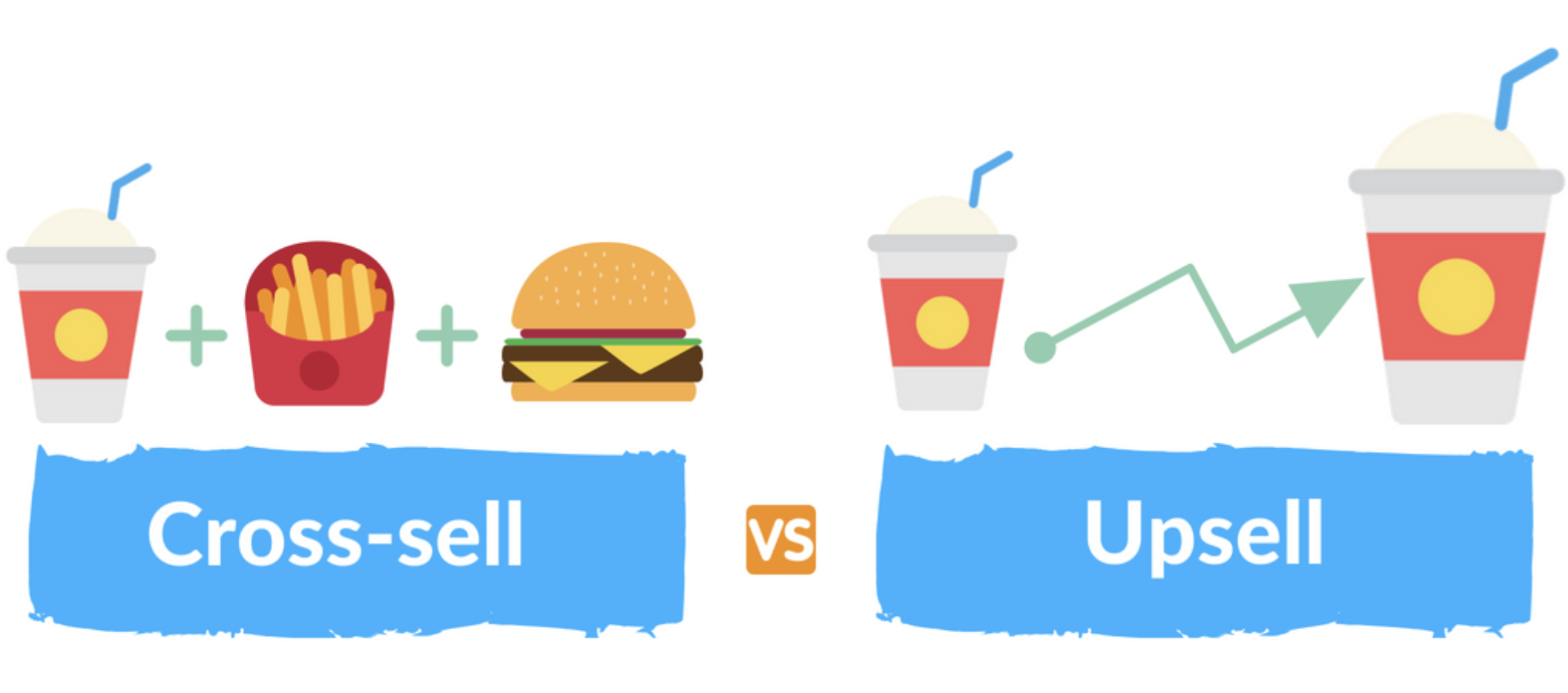
I think they are good. I think the important piece that you might probably have to add here is customer advocacy as a piece as well. So more than intelligence, you know, PMMs usually do advocacy as well, you know, go and ask them how they do their products. This is basically building customer proofs for your product, right? So this is also a part of Product Marketing’s responsibility. That’s something that I observe as a trend in India, I don’t know, like, you know, how it is in the US, but that is one thing. And the other one is AR and VR. That’s also one of the biggest pillars like talking to analysts, constantly keeping in touch with them, having a relationship with them, and informing them about things like, what’s coming in the product, right? Keeping them posted about what’s coming in the product, what the means, and if there are any features that they could do with it. Right. So that’s also one of the important things that we did, that we would cover under PMF. I think that’s predominantly, you’ve covered it all.
So it basically is like if you work in a very, you know, scaled-up organization, you will have timelines for these like launching new products or markets or exploring a new market in itself. But right now, like you’re doing all of these things, so all that you said, like you do all of those things, because inFeedo being in that stage, so we are a new product marketing team, so we have different spots, taking care of different things at the moment.
Understood. So how did you structure your product marketing team? You said you have like five product marketers. What is your thought process in how you have structured or like, what is your research methodology, and how do you build a product marketing organization? And then how are you structured?
So if you ask me, like, you know, my usual way of looking at it is, you know, there should be one person that takes care of all things, product launches, and feature launches. And there is one person who is dedicated to enablement. There is one person dedicated to customer advocacy and customer proof, anything customer Intel, market, and Intel intelligence comes from this third person. And the fourth person takes care of AR and VR, right? So that’s how I would probably separate, but looking at the budgets that we have, looking at the areas that we want to invest in, this is how I’ve done it now. So I have a couple of people under engagement as a product, one person taking care or one person is closely aligning with the product and doing all the things that the product wants the product marketing to do, and the other person closely aligning with sales and customer success, and the JDM organizations to kind of get out or to enable them to grow, to enable them to sell, right? That’s something this person is doing. You know, in and out enablement tool, you would know that.
And there is this third role led mature role is this. And it’s an all-in-one end-to-end TNM role for a new product. So this person does anything around product enablement, anything around sales enablement, and until customer enablement. Once we, you know, launched this particular customer and implemented the solution and the customer, please, how do we increase adoption for that organization until then, right?
So starting from launching the product to going into the customer place and increasing adoption for the product usage. So that’s something that we do on that call. And we also have a generalist who has all things PMM for the products. And there is a designer, of course, to look at the design needs of the PMO organization. That’s how you structured it now, but there are definitely some gaps. And at inFeedo, the interesting part is customer advocacy is handled by content marketing. Unlike, you know, organizations that I’ve worked in in the past FreshBooks, Zoho, or Airmeet, customers would seize it by content marketing. That’s one thing less for us to worry about at this point in time. That’s how I’m looking at it. Because there’s a lot of things going on. And AR and VR are something that I’m doing myself.
Understood. So can you reiterate the customer advocacy? Who is responsible for customer advocacy at inFeedo?
It’s content marketing.

Content marketing? Okay. Yeah. Fair enough. Because you’re looking to build its family around case studies and success stories.
Yes!
So that’s the angle that you’re taking for customer advocacy at inFeedo?
Yes, it’s been I mean, that person is very comfortable, very senior enough. And I don’t think I can get somebody that is senior enough to look at customer advocacy in the pm team at this point in time.
Yeah!
It’s so I think I’m super comfortable that you know, she’s handling this for us.
Fantastic. And you also mentioned designers. So does a designer report to you within product marketing or is it adjacent?
No designer reports.
That’s unique. I mean, yeah, that’s a very interesting odd setup. So for me when I speak with other good market leaders, I also peek into like how they’re thinking about building their organizations and teams, and something that So that for me, and I think that has to be called out, which is, especially for product marketing, you need to have someone in design closely working with you. And a good thing. You’re already starting in that direction from the get-go.
Absolutely, yeah, that’s very important. That’s been a major miss in my previous organizations, I made sure that the designer comes under the PMM purview so that everybody is comfortable getting the work done from them. And I say it’s very, very important to have a designer in-house.
Yeah. So something that I’ve seen, and this is a constant question I keep getting from listeners and other folks I speak with, is like, especially when it comes to design. So what is your guidance and playbook? Let’s just pick an example. Maybe it’s like a product launch or customer expansion program. So how are you guiding your team in interacting with the designer on your team? Right.
So one thing that I’ve taken as an added responsibility is rebranding, right? So definitely, you know, inFeedo needs a little bit of rebranding, in terms of, you know, how we present ourselves to the world. So this is something that you have taken up with the consultant, right? And the color consultant will define a playbook for us. So right now, we don’t have a playbook, we only have the colors, we have the font for now, and we don’t have any styles like, you know, what photographs to use? Or what illustrations to use, What style do we use? So every time you know, it’s me and DB marketing, sitting and defining this process, like why it is very important that every time a designer starts over a design work, they always start from scratch, there is no, you know, means for reference for them to go back. No playbooks or brand guidelines for them to reference.
So always start from scratch, which in turn takes a lot of time. Like say, for example, if they need to do a tech, they will take two or three days, unlike if they had brand guidelines, they will only take half a day, right? So then we invested in this effort rebranding that’s happening in the sport in October, November, and December. And it’s expected that the consultant will actually give us the brand guidelines, like with all the prerequisites that we already discussed, and that will act as a guide for the design. And that’s so that’s something that we are looking at, and all entail and insights from the CXOs would be passed on to the consultant and then you know, we will arrive at something together. So that’s a project that I’ve taken up, I don’t think so this is under the Product Marketing super view. It’s branding, we don’t have a branding person internally. So I’ve taken that as a side game.
You answer my next question, which is Yeah, typically, it’s under mark or brand? Who would typically do this? But sounds like you just mentioned it, because someone is not doing I mean, no one’s taking that responsibility. You just ran with that. And you’re working with your VP of marketing around brand and design as well.
Absolutely. Because we are looking at it as a product branding, the product brand, you know, we are the ones who are naming these products, we are the ones who are leaving these bots and you know, naming any new launches that we are new products that we are launching in the market. So if that’s the case, then they could also probably be a key contributor with branding, until like the senior branding person in-house.
Got it? And what is the whole that the branding consultant is doing? Is it around the style guide or the content writing style guide? Or is it something beyond and more than that?
It’s the design style guide.

Got it.
Only that, so messaging positioning, you know, all of it will be done by us all the content boilerplates and content guides will be made by the content marketing and product marketing together. And he would be looking at all things design and a lab kit that essentially kit like that. So brand guidelines like this website should look like this are what your sales bulletins should look like! And what social posts should look like! So it just gives you you know, all the guidelines.
For consistency across all channels, which is good. So sorry. Yeah, that’s a great insight. Thank you for sharing how you thought about how you built your product marketing team and organization as well as the role of the designer in your marketing overall. So something else related to that, which is how do you track and measure the impact of Product Marketing, like KPIs you mentioned about I know, before we hit record, you mentioned about your quarterly offset and things like that. So talk to us about how you think about KPIs and how you show the impact to the leadership team.
Yep! So if you’d asked me like, six months ago, my definition would probably be different. But now you know, my ideology changed a little bit like inFeedo gave a little bit of you know, change in my you know, thought process here. So, to define it simply, Product Marketing wouldn’t have like, you know, one universal KPI to chase because obviously we are intersecting with multiple cross-functional teams, like say we are being we are intersecting with sales and impacting revenue, we are intersecting with products and impacting adoption, right? Awareness or option activation, all of these KPIs, and we are also doing a lot of awareness-related stuff, we are building a pipe with growth marketing, right? So we are helping with messaging for new advertisements or any change in the messaging pillars. It’s so, it’s about the goals that we own in that particular quarter along with the cross-functional stakeholders. For example, if the product focus is to drive activation for a particular feature, at the end of this quarter, so many customers should be activated for this new feature. Right?
So that means like, you know, product marketers, one of the KPIs would be around, you know, activating, right? So, we take a shared goal, so that there is no alignment mismatch, right? So you go to cross-functional stakeholders. So there’ve been a lot of times in the past that, you know, I go to a cross-functional stakeholder and ask for something that I want to do. And it’s not even there in their KPIs. It’s not their job, right? Like, they did not do this. Right? So right now, it’s very easy because we all do share KPIs like we all take shared KPIs, and from a sales enablement perspective, we take KPIs on when rates conversions, it could be, you know, and MQL’s to SEO conversions. Right? So any improvements there, right? And it could also be a number like, you know, I need to do the classes for so many deals, so that like, we help the sales sell faster and smarter. So that’s predominantly it, it’s multiple KPIs, and each one and each board will take multiple KPIs basis, you know, their alignment with the product, or sales or you know, growth marketing teams.
How do you track? I mean, first of all, the two angles to this, which is you’re giving your priorities to your product marketing report and the designer to ensure that the KPIs are being tracked and you’re making progress. At the same time, you need to report progress to the cross-functional peers and the leadership team.
Absolutely, Yep. I should do that. So for example, if I have a launch person in the team and they take a launch or activation around KPI, the loaded KPI is also my KPI. Right? So anything, what is the launch sell as it helps, it helps customer expansion. It helps customer enablement, right? So I’ll take a loaded KPI and the team takes an operational KPI or tactical KPI, right? You know whatever the product wants to achieve, right? And there is part two, which is the enablement KPI. The enablement person has a goal like a link by helping the SDR to have a better Enfield SEO conversion and a better win rate in the mid-market and enterprise segment whatsoever it is right. So I’ll have a builder or a combined KPI. All things covered like that will be my KPI. Product will be my KPI 1 sales will be my KPI two and the 3rd will be any strategic projects that you’re doing launching new products in a new market, or launching an existing part in the new market. I think that all of it aligns with the company goals,
How are you thinking about how you’re spending a budget? First of all, do you have a budget, or as most of the budget, typically with the demand and media side of things?
Yes, so product marketing, sure, doesn’t have an exclusive budget. So we have a shared budget as a marketing team. So bases priority like for example, like you know how we got a branding consultant this quarter. That’s because like, you know, to other stakeholders, like from demand had to let go of our priority projects, right? So it’s us discussing and debating, which is more important to the organization. And it’s just the overall marketing budget that we shared.
And then talking about KPIs and something that I’ve seen, and obviously, you’ll relate to this sorry, which is product marketing plays a key role in go to market. But then the KPIs are the needle that they move, it takes one or even two quarters for them to see the impact that pays out. So how are you? First of all, beating the drum rightly so that your team is doing the right things and working on the right priorities. And how are you ensuring that the budget or the people are not taken away while people are waiting to see the results of product marketing activities?
Absolutely. That’s an interesting question. So, these are my VP marketing books, right? So every other activity has a leading indicator and a lagging indicator. So a lagging indicator could have multiple leading indicators to it. So there are just you know, phases of this project that we need that we need to define at the end of phase one, I should operationally complete this stuff. At the end of phase two, I should have completed, you know, this task, right? And at the end of the project itself, that’s when we start implementing this or rolling this out entirely and then start reaping the benefit of Laurie. Right? So, my VP of marketing said, but I would probably say that you know, it’s not that difficult to have a metric-centric KPI for a quarter.
So not all things are lagging. Maybe like, you know, it’s, for example, if you say like, my sales lifecycle is huge. And that’s why I feel like you know, all things that I’m doing in the classes will probably help, right, most of the deals are in the early stages and not converted this quarter. So if I have a win rate conversion KPI I’m not needed. So it’s, it’s impossible, because obviously, like the built on a pipe, and there are a lot of deals in the closing stages in this quarter two, right? So definitely, like, you know, we can frame our KPI in such a way that you know, we could put a metric and that would also be achievable. And we can definitely go back to the leadership and tell them that, you know, so far it’s worked that way. So we’ve taken quarterly KPIs. We’ve taken KPIs for two quarters, and it’s worked well for us to date, except for the branding project. Right? Which is, which is definitely not a product marketing project. It’s definitely something that we’re doing for awareness and better branding purposes.
Okay, cool. Obviously, not everything is a success or a failure when it comes to go to market. So why don’t you share with listeners one go-to-market success story and one go-to-market failure story, either at inFeedo, Airmeet, Zoho, or whichever brands you’re part of?

That story, I’ll do a little confidence sitting here. So I’ve named the condiment basic skills. So this company that I worked with had a couple of products, right? And imagine product A is our flagship product. Product B is the one that is new, very young and isn’t giving much revenue to the company. So it’s easy to call it my least favourite product, right? So, I was paying for this least favourite product, unfortunately, but I’m happy with it because we were able to do a lot of experiments there. And we were running multiple validations in existing markets. And we were also running PMs in jet engine new markets, right? So while doing the research around the market, on the competition, looking at our own product sales in the last two years, we kind of figured that 50% of the accounts that are using product B are also product A users. So they are using this product together, right?
We also spoke to a few of these customers and invalidated multiple things, you know, on the problems that product A solves for product B solves for. Also, we kind of validated this beautiful narrative that ties both product A and product B is USPS site. So this is something that we’ve not done because the data gave us this. And then we started getting on calls with these customers and started validating this narrative. And it was all successful. And we figured out that you know, with the help of product A, they were able to solve a functional pain point, right? At a functional level, there is a pain point and the product team, we were able to solve it. And with both the products, they were able to expand it a little further and create more visibility cross-functionally, right?
So it definitely had some sort of global impact. Yeah, like with our A, there was a functional-level impact. And product B there was an all-global impact. So this was a huge narrative for us. Right? So that gave us a good reason to go behind the product is installed and we quickly launched like in weeks time like we launched a cross-sell play. Right? That’s a sales motion that we launched with a very lean effort. We were a three-member PMM team and only like, you know, one head of marketing and brand myself focusing on this initiative. And the sales numbers were, you know, already busy selling the flagship product. How do we motivate and how do we train them? And we launched this process like we launched all the training, we launched the latest content pieces, everything around it. And we had a brand city list that we went behind, and we created a pipe of 1.5 million in just one quarter. Right? So all with the existing resources. I’ve even asked for extra budgets, everything organic, and even asked for extra members to focus on team members. Yeah, and the key here is what we’ve built is enterprise and midmarket pipe in the future with converts, right? It’s less likely to churn according to the data that we had as well. Right? So the earnings here is the sales motion that we are looking to create the narrative that we’re trying to craft, and PMF that you’re trying to find, like, everything is right in front of us, we may not actually start with a clean slate, we can’t start a narrative, do we not open an empty document and start paring down on the narrative, there is something that you can get from your customer conversations or prospect conversations, you need not start of a playbook without having an idea on like, you know, what is making an impact and what’s not making an impact? Because there is already a lot of data in front of you, a lot of intel that is kind of you. So I think that it’s been an eye-opener for me to rely on.
That was a good success story. I mean, the insight that he got was product be elevated product a functional impact and product be elevated to a cross-functional and organizational impact. How did you arrive at that insight? Like, what places were you looking at for the data?
So basically, like, we never combined product A and product B together in the first place? Right? So we were looking at this as a, you know, a product separately, and we were looking at this as a product separately, right now, you know, at inFeedo as well we’re trying too hard to bring a story together for engagement and support as a product together. But it’s not blending. Yeah, right. At that point in time, like, we never looked at a blended use case. But we knew that there were some benefits that could happen. But we strengthen the integrations a little bit, right, even after, like during the validation stage. And after validating we came back, strengthened the use cases a little bit, and then it became a little more effective, right? But still, you know, we were able to see the narrative through, right? So that was, it’s just that, you know, it just has to happen, like you need to discover, you need to sit with data, you need to understand that and see if there is a story behind every number that you see.
So what are the data sources wherever you’re looking at for this?
So these are basically our internal sources? Because it’s just our own products.
Was it CRM, or was it product adoption metrics?
It’s an analytics tool. Yeah, in general.
Understood. Okay. And then switching gears a bit over here. So what’s your go-to-market failure story, and the lessons that you learned from there? Yeah,
A lot of interesting things there as well. Obviously, like, you know, we all have our own successes and failures, definitely a lot of failures, like, because, you know, when you start off is when you fail the most, for me also, it’s the same, like, you know, when I switched to the SaaS company, that’s when, like, you know, I kind of understand like, you know, this is not how SaaS companies work. Yeah, but it says it could probably work this way. Right? So that is the trend, right? So I’m not a big fan of writing behind trends. So from your agency experience, you could probably rely too much on trends. But in a SaaS company, it wouldn’t probably work that way. So it’s actually I fell in a lot of cases, because, you know, I’m saying this, because right now, I’m working for an AI company, which is a trend trading, right? So both the products are powered by inFeedo. And I also used to work for this company called Air meet, which was into virtual events during the pandemic, which was the trend and so I tell you, like, why I, I kind of hate trends right now. Because, you know, trends could come and go, but products should ideally have a larger purpose, and it has to look at the larger problem than it should solve. Right? So for example, during the pandemic, the trend was virtually guns. And, we used what events will be like in the year, we abused the term virtual events, literally. And then it evolved into a hybrid? Like once things started opening up a little bit, right? Everybody was talking about, okay, let’s talk about virtual events. Let’s go hybrid, right? And now it has completely changed. And I’m sure like every other word will even look at a different route altogether. So the trend is not distinct. Definitely. So the flip side of the trend is also that like, what if your ICP like my current ICP is the HR leaders? What if they don’t get this point? They don’t know this, they need a master class, or what if the staff are not trained to use an AI? Right?
And what is it just, you know, scares them like, okay, like, you know, everybody’s talking to you all, say, really complex. And there are also multiple platforms like LinkedIn and all of these learning sources and communities that talk about these trends both in a positive and a negative way. And what if, you know, when they’re talking about the negative things about AI or virtual events like it could impact my ICP’s decision-making as well? When somebody talks about the flip side of AI, you know, HR community, right, I would get more questions during my, you know, calls with the customers.
And the most important part here is, if you’re looking at enterprise, and midmarket as your customer segment, you clearly shouldn’t go behind the trend, because they would not rely on a feeding trend, they know that it’s going to change today’s AI towards something else. So they always go behind a trustworthy product, and they are the go behind a trustworthy founding team. So that’s why, you know, I’m totally against it. And the second thing that has actually failed me is the timing of both.
So, we kind of launched or focused team effort with proper dedicated budgets. I told you about the cross-sell motion, which was like a clean effort, with no known budgets, but we still did it. But this was dedicated, we got the budgets, and we got the focus team as well dedicated to selling it to a vertical, but this is when the companies were heavily downsizing, restructuring, and cost-cutting, cutting was advantageous for us because we wanted to replace the KOSPI. antenatal right, but still, at that point in time, nobody was evaluating all our bonds, which were not answered. Right. Nobody was in the mindset already to spend that time to replace the solution, give that implementation time extra, right? So that’s also something that failed me. So friend, timing, both are my villains at this point?
No, no, for sure. Timing and trends, for sure.
So I, right now, after the pandemic, meeting them in a physical, you know, the event has actually reduced. So we have been meeting them more virtually now. So it could be like on a weekly basis like we get on sales calls, we get on, you know, validation interviews with customers, right? to validate an idea or submission. And we also, you know, it’s not just, you know, you going on a call with them to understand that it is also in the communities, right? you can go and be a part of the communities that they are most active in, right? Especially HR communities, there are plenty of communities, there is a channel called Slack channel called people, there are a lot of HR communities on LinkedIn, where they put their daily day-to-day problems, right? So that’s where you consume these kinds of content. So it’s also important for you to consume raw content, right? So when you’re going on a call, maybe like you’re just posting, like, do you like this? Are you okay with this? Is this your problem? Right?
Like, we asked a lot of pointed questions, but when you go to cog communities, you tend to get raw data on, you know, how their day-to-day is looking like. So that’s also one of the avenues that I usually go on. And the third could be any recorded calls. So even if I’m not able to catch up with customers in person, so I go on customer calls, listen to them, read customer calls, listen to them, like understand, like, you know, what their pain points and unmet needs are, and then come back my drawing board and change, make changes or tweaks in the messaging, if any?
So do you have any specific cadence or frequency for each of these on a weekly basis?
I do this daily.
Okay, good.
My 10 to 11 is actually locked to know the customer.
Nice. That’s what I was hoping to hear. I’m glad that you said it’s daily, I just want to give guidance to the listeners as to how they should be planning that day and week when it comes to knowing the customer.
Yeah, so my 10 to 11 is actually prepare and know the customer. So it has links to all the communities that I follow. So I can quickly go and check if there are any new messages in there and eat anything or listen to a chorus calling a new chorus call. So that’s all I do.
So when it comes to I think based on what you shared, you have a very good product marketing DNA and Product Marketing Muscle based on how you structure the organization, the right people in the right seats, and you’re prioritizing customer knowledge or insights. So given all these things, what would you put as the top one, two, or three challenges for Product Marketing? Like where is your biggest shot for gaps?
The biggest shortfall is you know, you might tend to face a lot of delays in decision-making because there are a lot of stakeholders involved and making a product marketing decision. Like for example, if you’re exploring a new market, it is not just you, but you are a part, right? There are CXOs in the team that are LT members, leadership team, there is product leadership, sales leadership, and multiple exits are really effective to get all their points of view. But curating all those points of view and having a proper plan of action could probably be different. So that is something that we need to be extremely patient about. It is going to be delayed. This is something that I’ve been trying to solve for a long time. Right? So I think that is one of the biggest disadvantages. And the second could probably be, that not all your ideas will be approved, right? So getting a buying is really difficult. Until and unless you pack it with data, you back it with all the intelligence that is available in the market. So getting a buy is not a joke. It’s, that you cannot probably have an idea today and toss it to your cross-functional, leaders tomorrow definitely if you have an idea today, you do your research tomorrow, and then invest a little more time in talking to cross-functional leaders and understanding their perspective on this on day three, and then go to them with that, right. So we always need to spend that time doing that research. So yeah, I mean, buying and delays in launching something or delays in crafting a plan of action is something that’s a disadvantage.
So those are all valid. I mean, it can apply to any other function as well. I mean, buying and delays, obviously not. Because you have so many investors, not investors, but stakeholders that are part of the decision-making process. That’s a given. But when it comes to, for example, those 8 or 10, product marketing programs that we talked about earlier, where would put your finger and say, Okay, that’s the challenge that I want to invest in going forward, like the positioning and messaging, customer expansion, new product launch, new market launch, ERP, our product content, customer insight.
Yeah, I mean, if you look at it, like inside every other part that you’re talking about, there is a challenge, right? There’s only one challenge or the other, like, for example, in sales enablement, you might probably craft a narrative, you might think that you know, this is the best thing that you could probably do. And while taking it to sales, there are a lot of objections that you might probably want to have, right? So they will not implement it, they will say like, you know, we are comfortable with the old narrative, right? Like, why are we changing this now? What are the reasons we are changing it now, even after training, they would still be very comfortable with all that change management, and getting that adoption for all the sales clutters that you’re creating, you might create such useful villagers. Everybody will be reacting fire on it, like whenever you put it on Slack, but still, like there is no usage, then you can’t metrics to the leadership team as well. So that is one of the challenges like under sales, anything.
So like that there are multiple things under each of these spots. I think it’s part of our job to tackle all of these challenges. And I’m so used to, you know, sailing within these challenges that I don’t even look at this as a challenge anymore. It’s part and parcel of life. That’s why, you know, I kind of said something that’s totally relevant, right?
Yeah. I mean, if you’re open to it, I can share some advice as to how I tackle that specific sales enablement challenge. And here’s what I tell my clients as well, right? So one thing that I do is I typically get a champion within the sales team and ideally should be like the top seller. So get his or her buying in, and pilot the program with them. If you’re trying to do a new sales Narrator piloted with that seller. And then maybe she or he would do that pitch and then show hey, by the way to the sales team, are in the annual or quarterly sales kick up, they’ll say, by the way, with this new narrative, I’m seeing so much more hype and growth and traction. This is really cool. You guys should take this on.
Absolutely
A salesperson be the champion on your behalf.
Absolutely. So this is something that we did as well. So we had a closed loop out at sales leadership that was ready to try it for at least two calls a week and we gave 1 month’s time. They got perspectives from all those fold-poor readers, curated all of them, got them on a call, and let them launch it. Right. So this is exactly what we did as well. I think having a champion is both valid, you know, proper deal scenario, that we should have a person inside that deal. And also, in this case, as well.
Yeah. Fantastic. I know we’re coming up against time over here, so, the last question to you is, if you were to turn back the clock and look back at your career journey so far, what advice would you give to your younger self on day one of your go-to-market journey? Um, this is more advice. Obviously, you can’t turn back the clock and change anything but then the advice that you would want the listeners to take away?
Absolutely. So I don’t think so. I could save my younger self from any of the battles that I’ve faced, but maybe I would just tell her to embrace herself and it’s completely normal to lose a battle because you know, there are multiple battles that you’d be facing on a day-to-day basis. As you know, we will be talking to Sailgp, about products like multiple batteries, multiple buy-ins and multiple decisions to be made. So you would have battles, you would have disagreements if you’re not pro. We have to sign off or anything, but you will only get stronger with time. Right? So Product Marketing just bruises on you. You don’t get it, but you will get it someday, right like on day one, it’s definitely not possible. But as you grow like PMM grows on you, and you will get stronger with time. That’s something that I would tell my younger self and people who are listening as well. Fantastic.
Thank you so much for your time and for sharing all those insights. Suranya. Good luck to you and your team.
Thanks so much, Vijay.

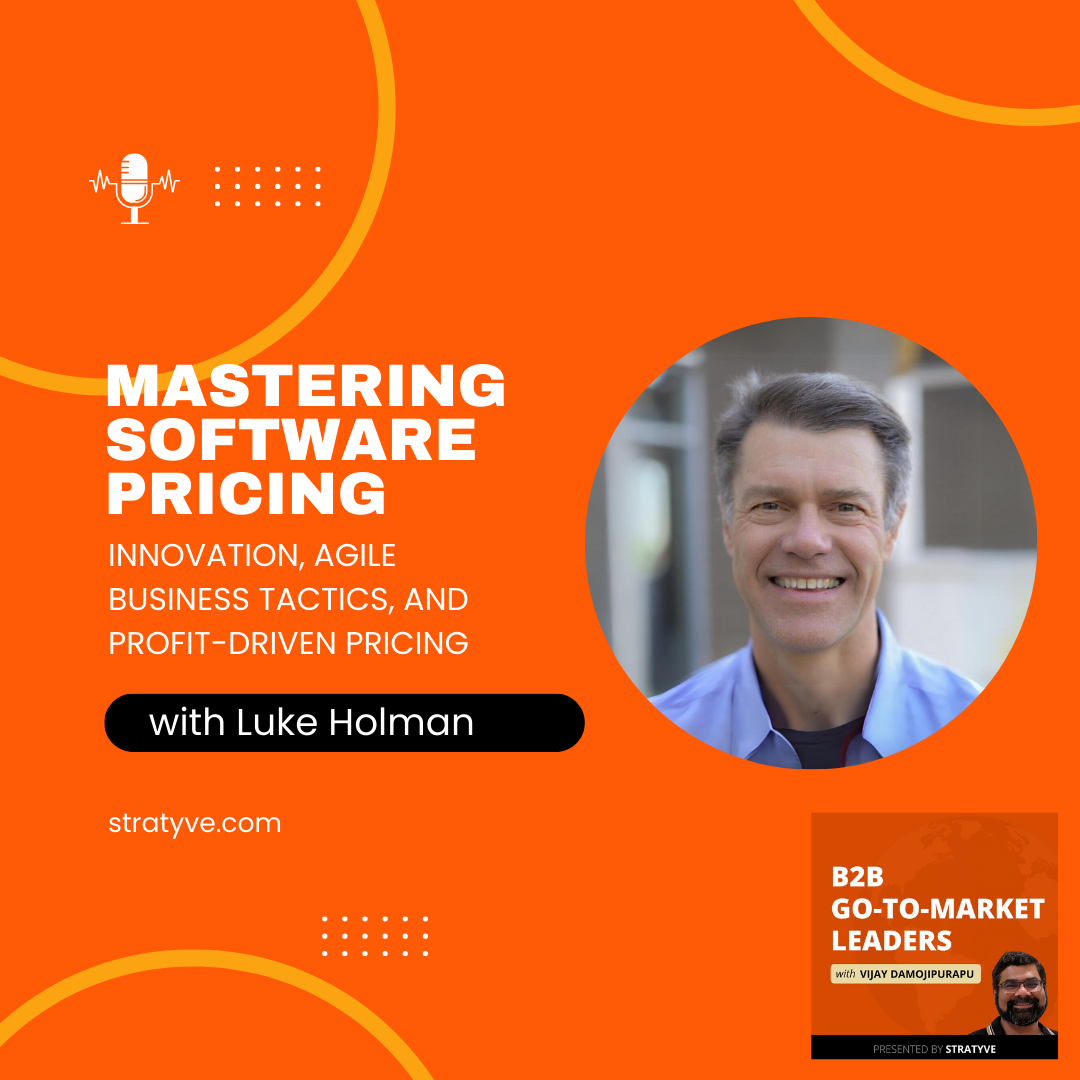
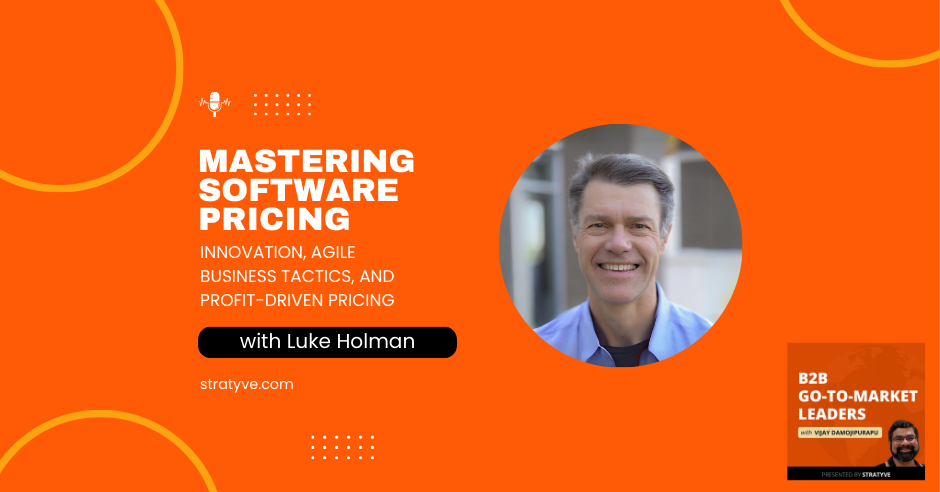

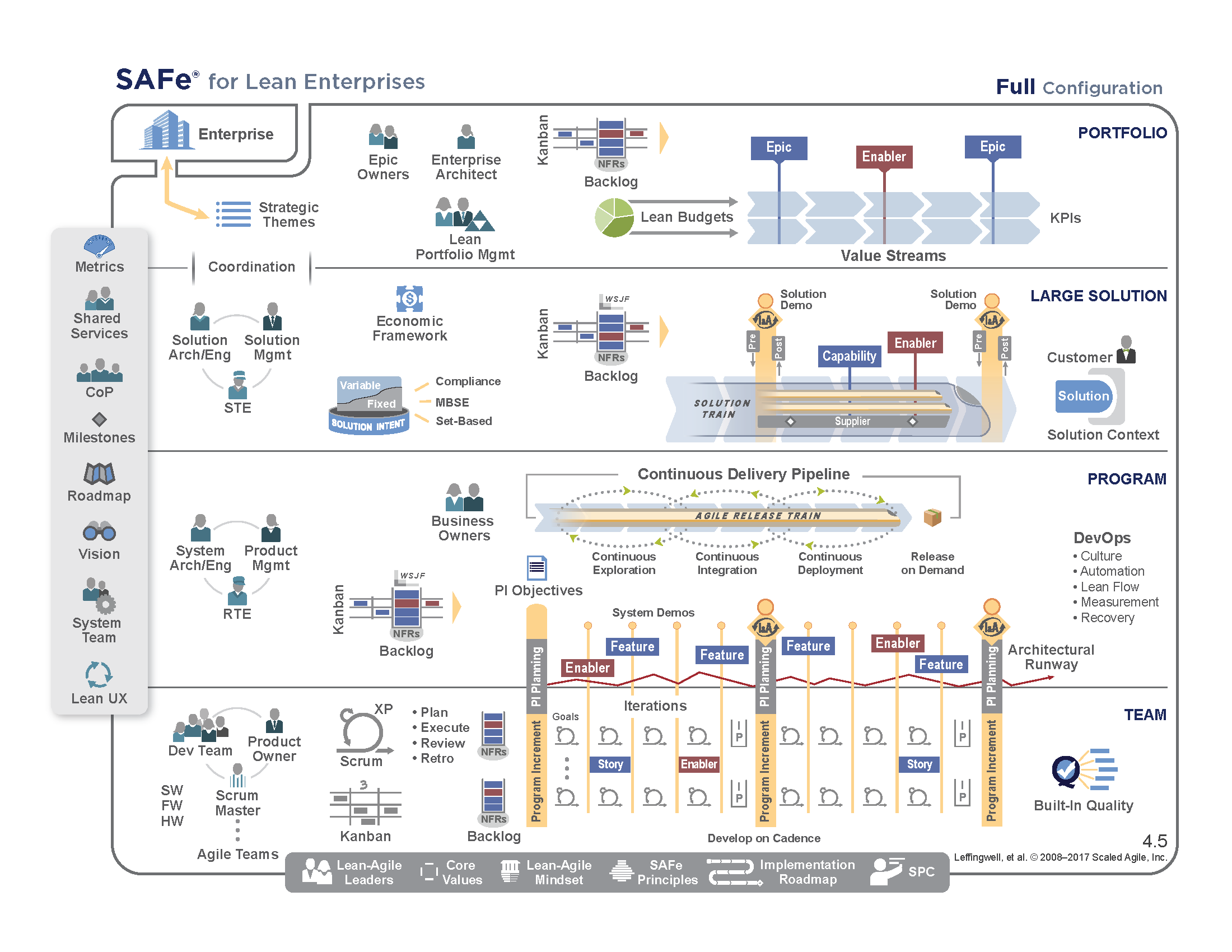
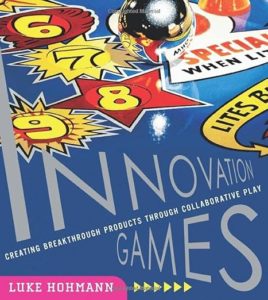
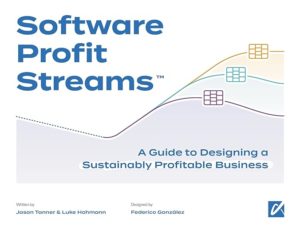
 Fantastic, a great story, and great success stories for both. So, I’ll click on each of them. CVS, you mentioned obviously it happened in the time of crisis, the COVID pandemic scenario. So what prompted CVS to reach out to you? I’m assuming they reached out to you, and who from CVS did that? And why?
Fantastic, a great story, and great success stories for both. So, I’ll click on each of them. CVS, you mentioned obviously it happened in the time of crisis, the COVID pandemic scenario. So what prompted CVS to reach out to you? I’m assuming they reached out to you, and who from CVS did that? And why?
